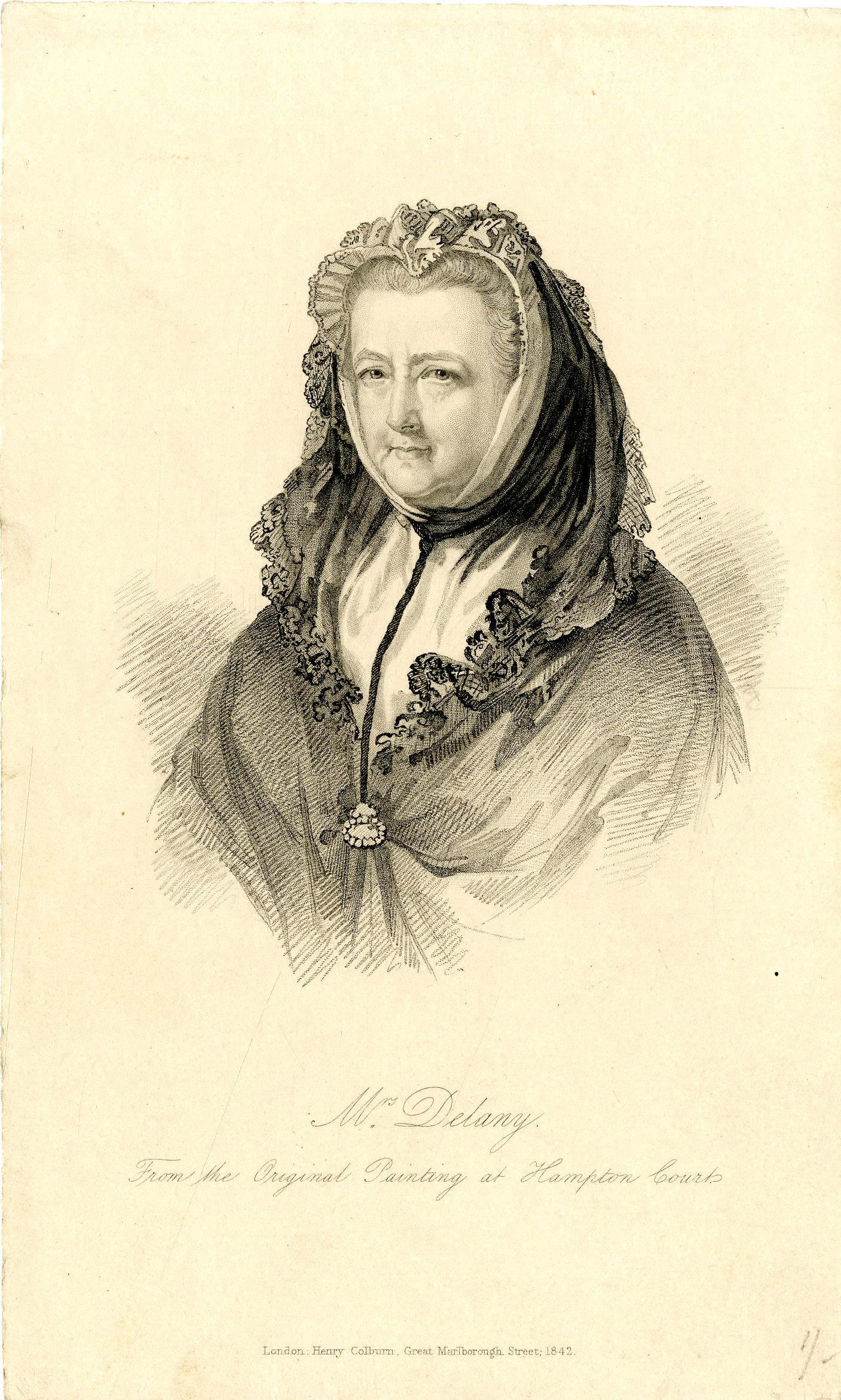Nishiyama Onsen Keiunkan, a hot-spring hotel in the mountains of Japan’s Yamanashi Prefecture, has been in business for over 1,300 years, more than five times as long as the United States has existed. Nevertheless, it feels considerably more modern than the average American motel, to say nothing of the longer-established lodgings of England. “I assumed that I’d be staying in something like a living museum here,” says Youtuber Tom Scott, vlogging from his very own room at Nishiyama Onsen Keiunkan, “because that’s what I’ve come to expect from the sort of historical attractions you’ll find in Britain,” where preservation ideology holds that “everything must be held at a certain point in time, funded by tourists who want to visit the old thing and see history.”
Not so in Japan, whose notions of new and old have never quite aligned with those of the West. “There’s still tradition here,” Scott hastens to add. “It’s not a Western-style hotel. You sleep on futons; dinner is served at a low Japanese-style table.” But the actual complex in which guests now stay “has only been a hotel in the English sense for a few decades. Before that, it was just a place to stay and take the waters. Now there’s very fast wi-fi and, of course, a gift shop.”
The movement and replacement of its buildings over the centuries brings to mind Mie prefecture’s Ise Grand Shrine, freshly rebuilt each and every twenty years, or even the tendency of existing Japanese homes to be torn down rather than occupied by their buyers.
Though Nishiyama Onsen Keiunkan has long shunned excessive publicity — its current president Kawano Kenjiro explains that the Emperor of Japan’s stay there, in his days as Crown Prince, was kept quiet for that reason — it has lately become irresistible to Youtubers. We’ve featured it before here on Open Culture, and just above you can see another take on it in the House of History video above, which explains how it has managed its continuity. Kawano, who’d worked at the hotel since the age of 25, chose not to go the standard route of being legally adopted into the family that had always owned the place. And so, instead of inheriting it, he created Nishiyama Onsen Keiunkan Limited, a technically new corporate entity, but one that ought to be good for at least another millennia or two.
Related content:
Why Japan Has the Oldest Businesses in the World?: Hōshi, a 1300-Year-Old Hotel, Offers Clues
Short Fascinating Film Shows How Japanese Soy Sauce Has Been Made for the Past 750 years
A Last Glimpse Inside the Okura, Tokyo’s Modernist Masterpiece Hotel
Based in Seoul, Colin Marshall writes and broadcasts on cities, language, and culture. His projects include the Substack newsletter Books on Cities, the book The Stateless City: a Walk through 21st-Century Los Angeles and the video series The City in Cinema. Follow him on Twitter at @colinmarshall or on Facebook.



















